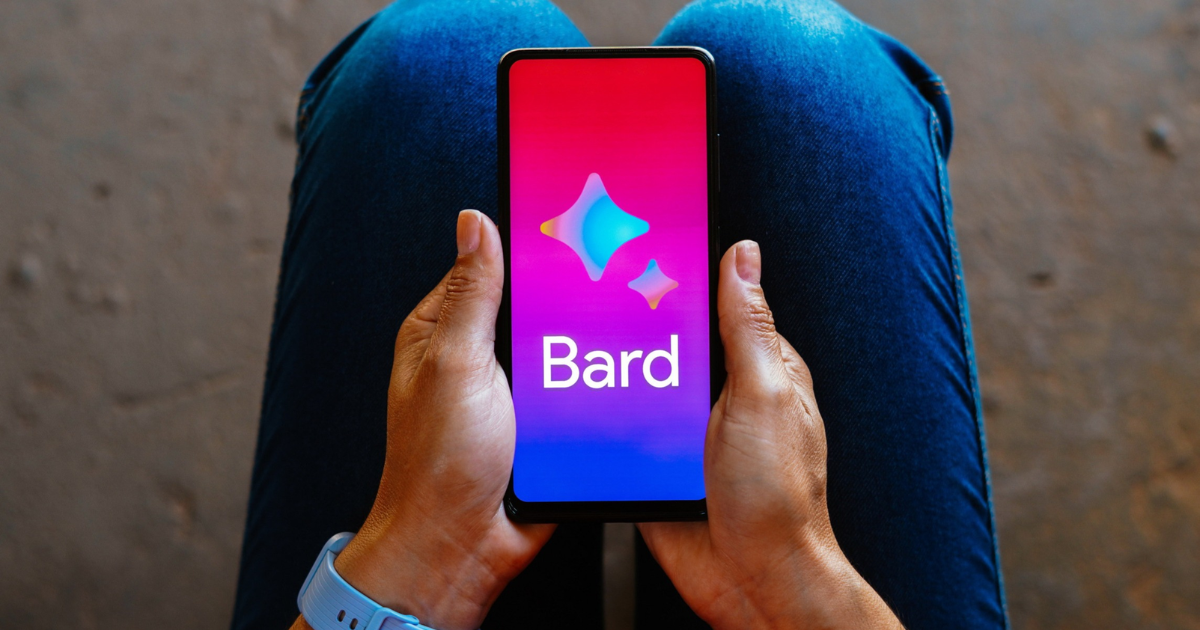Google has made its AI chatbot, Bard, available in more than 40 languages and has finally brought it to the European Union (EU). The launch comes after an initial delay due to data privacy concerns raised by the Irish Data Protection Commission. With this expansion, Bard is now accessible to users in the EU, marking a significant milestone for the chatbot.
New Features and Improvements
Alongside the wider availability, Google has introduced several new features to enhance Bard’s functionality. Users can now customize the tone and style of Bard’s responses, choosing from options like “simple,” “long,” “short,” “professional,” or “casual.” Additionally, Bard can now vocalize its responses using a text-to-speech AI feature, supporting over 40 languages.
In terms of productivity, Bard has gained the ability to export Python code to Replit, a browser-based integrated development environment. Users can also upload images as prompts, allowing Bard to analyze the photos (currently available only in English). Other enhancements include options to pin, rename, and resume recent conversations with Bard. Furthermore, sharing Bard’s responses with others is now more convenient through the use of links.
Bard’s Evolution and Challenges
Google acknowledges the initial challenges faced by Bard, particularly in providing accurate responses. The chatbot struggled to match the quality of responses from competitors like ChatGPT, and early users reported receiving factually incorrect information. However, Google claims that Bard has shown improvement, especially in areas such as math and programming. The chatbot has gained extensions from Google’s own apps, as well as third-party partners like Adobe. Bard can now explain code, structure data in a table, and incorporate images into its responses.
Nevertheless, recent reports have shed light on the working conditions of the humans who train Bard. Contractors involved in Bard’s training process are allegedly overworked, underpaid, and given minimal training. This raises concerns about the accuracy and reliability of Bard’s responses, as contractors may not have sufficient time to thoroughly review and corroborate the chatbot’s answers.
Despite these challenges, Google remains committed to Bard’s development, aiming to leverage the chatbot’s capabilities to foster curiosity, imagination, and creativity in its users. As it continues to evolve, Google seeks to address its limitations and deliver an AI chatbot that not only provides answers but also helps users build upon their ideas.
Also Read The Latest News:
ZappFresh acquires Dr. Meat to expand in South Indian market
SaaS management platform Zluri raised $20 million in its Series B led by Lightspeed

